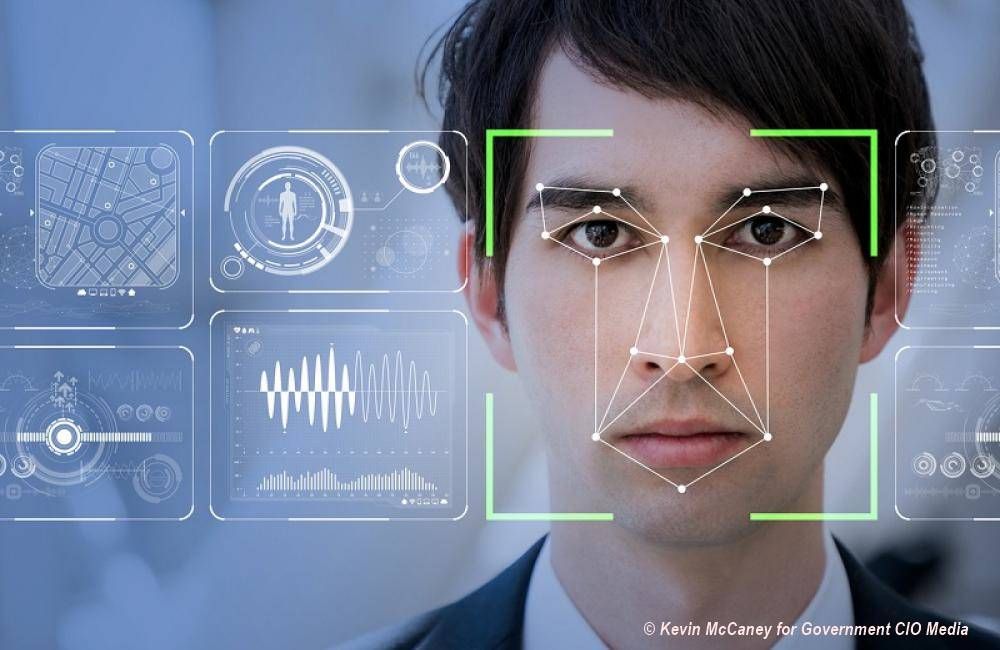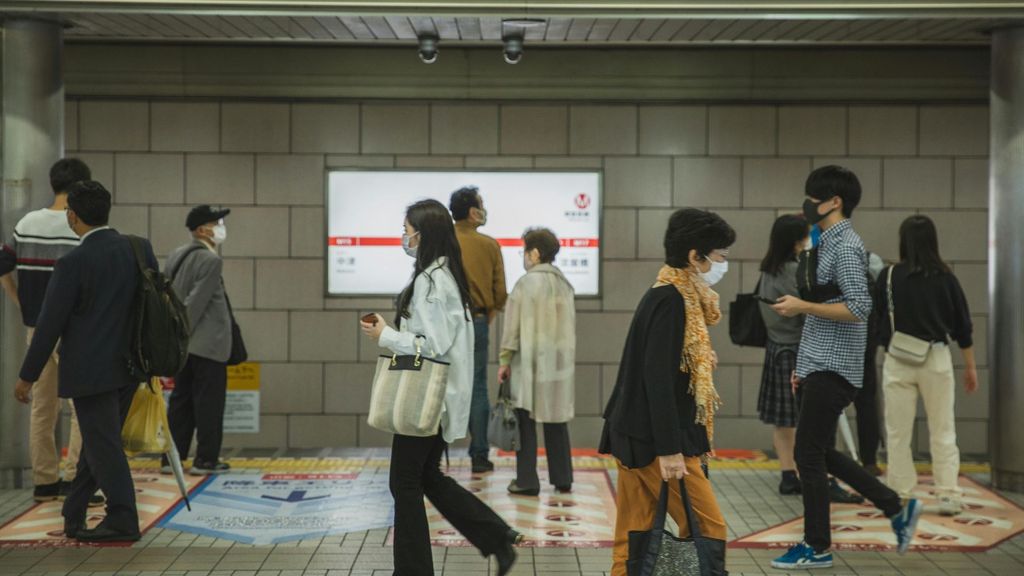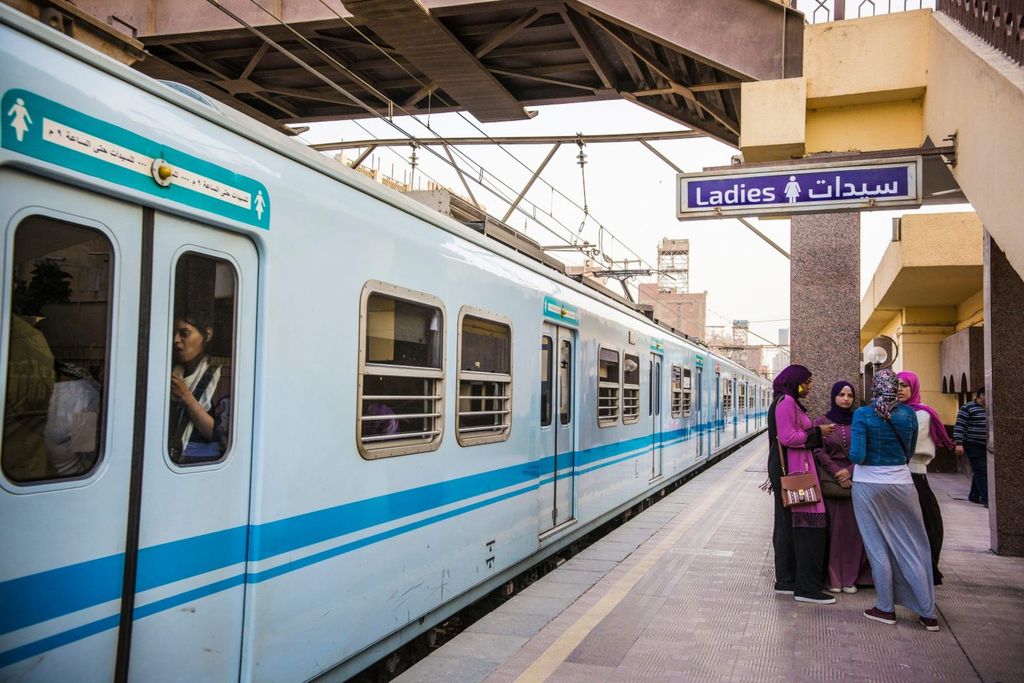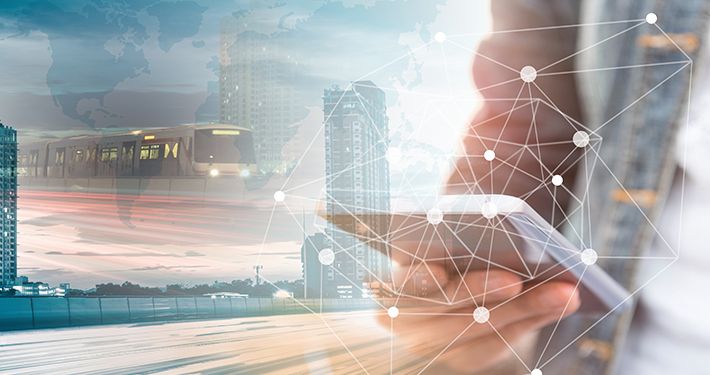

Blog: Series of Mini-Blogs from the Artificial Intelligence Society of Hong Kong (1)
Series Introduction
Artificial Intelligence (AI) is everywhere these days or at least everyone seems to be talking about it. Not a day goes by without the news of yet another breakthrough, yet another application where AI seems to outperform us humans.
It should come as no surprise then that people across industries wonder how much of an impact AI is going to have on their respective field and public transport seems to be no exception here.
While no one can tell for certain what will happen to AI research and application in the coming 5, 10 or 20 years, there certainly is a lot to be learnt from current developments.
When it comes to those developments there are a lot of interesting things to be said about how the face of public transport could and already is changing with the help of AI.
This series is meant to give a brief introduction to how, where and especially why AI can have an impact on public transport.
Certainly a well-known potential application of AI, facial recognition is already being tested for public security purposes around the world.
This could for example be crowd analysis at public transport stations: What mood are large groups of people in? Anyone that should be paid special attention to? Someone we might want to track to keep our passengers safe?
Both tracking and mood detection become much simpler if a machine can assist due to its consistency and ability to multitask.
Tracking and Mood Detection
Imagine a large public event like a football match: The number of public transport passengers spikes and poses a great challenge to infrastructure and people. How do we make sure that passenger security and service remain at a high level? This is where the ability to observe and track people in an automated fashion come in very handy. Instead of asking a limited number of employees to fulfill this difficult task, why not have an AI support them?
Sometimes we are not interested in the individual person but rather a group as a whole: Going back to the example of a football match:
Fans are travelling to or from the stadium and trains and busses are crowded. Being able to tell for each vehicle and building whether things are calm or heating up could be vital in preventing any potential security issues. There are already many security software packages on the market that help with detecting at least basic human emotion by reading faces.
Counting Passengers
In other cases we might want to detect whether people are present and if yes, how many people.
Public transport providers that operate systems in which it is hard to count the exact number of passengers (for example if there is no electronic system that registers passenger rides and automatically deducts fares) are probably very interested in getting more accurate passenger numbers.
Opportunities and Limitations
One thing to keep in mind is that while a lot of research is happening in this area, the technology is still far from perfect. Modern-day facial recognition is often not reliable enough to work on its own and still requires human support. Mood detection is also still very hard to do beyond a few basic human emotions.
The progress that is being made is tangible though and should be noted. The application of automated (facial) recognition is something that is very likely to play a big role in public transport in the not too distant future.
exclusive resources












